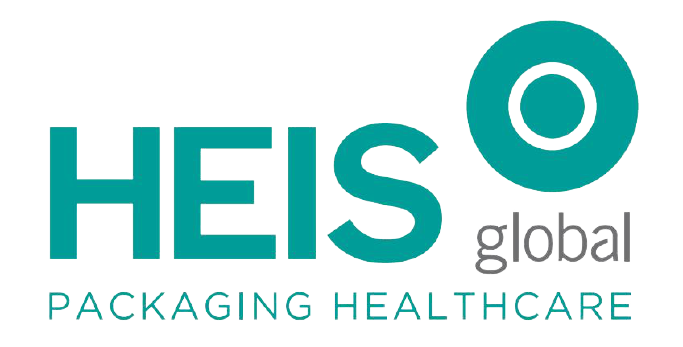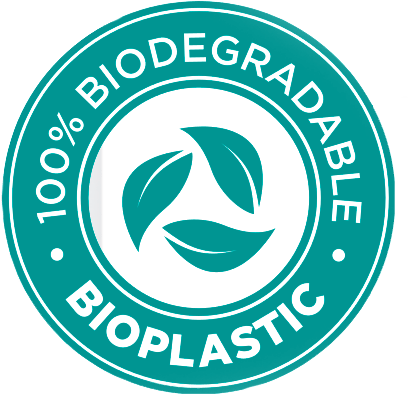
Introduction:
The global pharmaceutical industry is not only responsible for developing life-saving drugs but also bears a significant environmental footprint, primarily due to the extensive use of packaging materials. In recent years, there has been a growing awareness of the need for sustainability in all sectors, including pharmaceuticals. One crucial aspect of this sustainability effort is the adoption of recycled PET (Polyethylene Terephthalate) in pharmaceutical packaging. This article explores the importance of using recycled PET in pharmaceutical packaging for the sake of environmental conservation and long-term sustainability.
The Environmental Impact of Traditional Packaging:
Traditional pharmaceutical packaging materials, often derived from virgin plastics, contribute significantly to environmental degradation. The extraction and processing of raw materials for packaging, such as traditional PET, result in substantial energy consumption and greenhouse gas emissions. Moreover, the disposal of non-recyclable packaging materials contributes to the mounting global waste crisis. Recognizing these challenges, the pharmaceutical industry is increasingly shifting its focus toward sustainable packaging solutions.
Recycled PET: A Green Alternative:
Recycled PET emerges as a promising alternative to traditional packaging materials, offering a range of environmental benefits. PET is a versatile and lightweight plastic that is widely used in the packaging industry. When recycled, it can be transformed into new packaging materials, reducing the demand for virgin plastics and minimizing the industry’s carbon footprint. By adopting recycled PET, pharmaceutical companies can contribute to the circular economy, promoting the responsible use of resources and reducing environmental impact.
Energy Conservation and Emissions Reduction:
The production of recycled PET requires significantly less energy compared to manufacturing virgin PET. Utilizing recycled PET in pharmaceutical packaging helps conserve energy resources and reduces the overall carbon footprint of the industry. This aligns with global efforts to mitigate climate change and transition toward more sustainable business practices.
Waste Reduction and Circular Economy:
Recycled PET in pharmaceutical packaging promotes a circular economy by diverting plastic waste from landfills and incineration. The adoption of recycled materials helps close the loop in the product life cycle, encouraging the reuse and recycling of resources. This not only minimizes the environmental impact but also addresses the growing concern of plastic pollution, especially in oceans and ecosystems.
Regulatory and Consumer Demands:
As sustainability becomes a focal point in corporate responsibility, pharmaceutical companies are facing increasing pressure from both regulators and consumers to adopt eco-friendly practices. Governments around the world are introducing stringent regulations to limit the use of single-use plastics and encourage the incorporation of recycled materials. Additionally, consumers are becoming more environmentally conscious, preferring products and packaging that align with their values. The use of recycled PET in pharmaceutical packaging can enhance a company’s reputation and meet the evolving expectations of environmentally aware consumers.
Challenges and Solutions:
While the adoption of recycled PET in pharmaceutical packaging presents numerous benefits, challenges exist in the form of cost considerations, quality control, and the availability of recycled materials. Overcoming these challenges requires collaboration across the supply chain, investment in advanced recycling technologies, and research into innovative packaging solutions. Pharmaceutical companies must work closely with packaging suppliers to ensure the quality and safety of recycled PET packaging while addressing economic concerns.
Conclusion:
The pharmaceutical industry plays a vital role in society by providing essential medicines, and it is equally essential for the industry to embrace sustainable practices. The incorporation of recycled PET in pharmaceutical packaging is a significant step toward reducing the environmental impact of the industry. By adopting recycled materials, pharmaceutical companies not only contribute to a healthier planet but also position themselves as responsible corporate citizens. The importance of using recycled PET in pharmaceutical packaging cannot be overstated; it is a key element in building a more sustainable and environmentally friendly future for the pharmaceutical industry.


